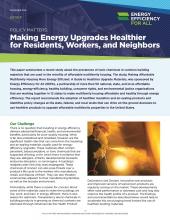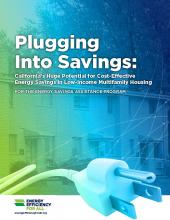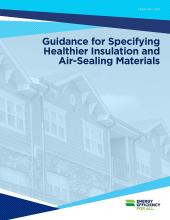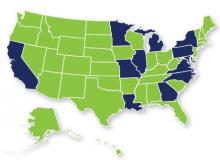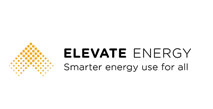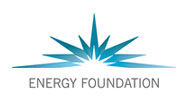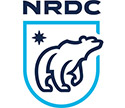There is no question that investing in energy efficiency delivers substantial financial, health, and environmental benefits, particularly for poor-quality housing.

There is no question that investing in energy efficiency upgrades has the potential to deliver substantial financial, environmental, and health benefits to building owners and residents. Robust evidence demonstrates that interventions such as weatherization and other energy-efficiency upgrades, particularly in poor quality housing, can significantly improve residents’ health by reducing thermal stress, asthma symptoms, and energy costs.1 What is far less understood and addressed, however, are the adverse health impacts produced by chemical emissions from some of the materials commonly used for these upgrades. These materials often contain persistent, bioaccumulative, or toxic chemicals and either show evidence or are suspected of being asthmagens, reproductive or developmental toxicants, endocrine disruptors, or carcinogens. Not only are a building’s residents endangered, but these chemicals of concerned can also pose threats over the materials’ life cycles to the workers who manufacture, install, and dispose of these products, to the communities adjacent to these facilities, and to the broader environment. Many of these populations are some of our most vulnerable and have limited access to health care. This guide is designed for those who decide what products to use in the energy-efficiency upgrade process — specifiers, contractors, building owners, developers, architects and engineers, program managers, and scientific advisors. Our focus is the affordable multifamily rental stock, a significant source of housing for low-income households that can be substandard and poorly maintained, with relatively high utility bills and increased exposure to biological, chemical, and physical hazards. However, the research and recommendations presented in this guide will be useful to practitioners across the entire building industry.
| Attachment | Size |
|---|---|
| 3.34 MB | |
| 7.94 MB |

